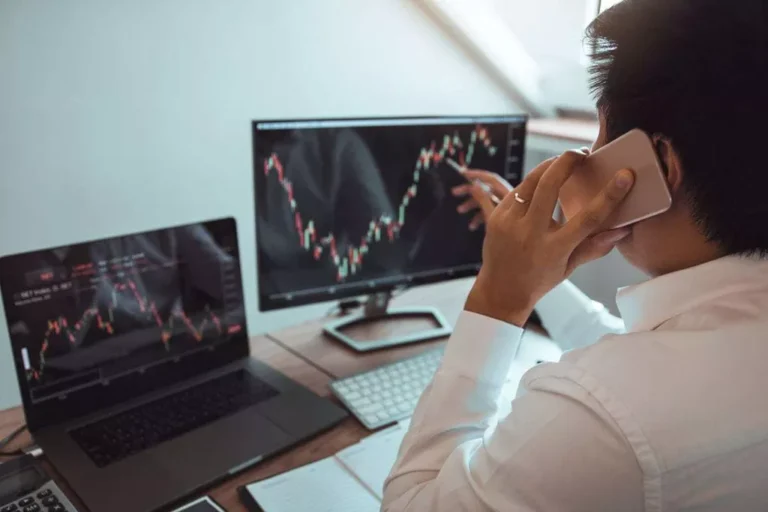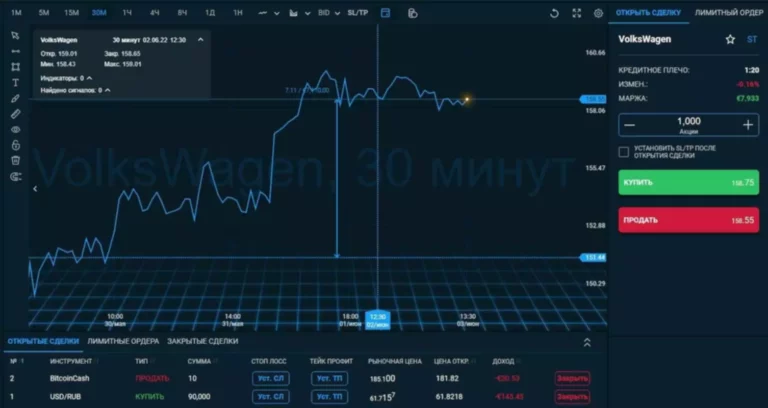Yield farming — or liquidity mining — is a technique of producing rewards with cryptocurrency holdings. The major purpose of staking, however, is as a part of the consensus mechanism of a Proof-of-Stake (PoS) blockchain community — a course of for which stakers additionally obtain rewards. While acting as a staker also generates a return, it’s typically a lot lower than the return on DeFi yield farming protocols. In comparability, yield farming charges in crypto liquidity swimming pools can exceed 100% and pay out on a continuous basis, allowing for withdrawals at any time.

While not exhaustive, the list beneath includes some of the core yield farming platforms. For example, you must use the Uniswap protocol of the decentralised trade of the same name. DEXs allow consumers and sellers to connect and trade varied cryptocurrency tokens with out involving a third-party buying and selling platform.
Now it’s finally time to pick the amount of Ethereum you want to lock up, which is routinely matched by some Tether tokens. Both tokens should be in your pockets, and the Tether to Ethereum ratio varies throughout the completely different fee tiers. Let’s say you need to faucet into a liquidity pool on Uniswap, which is the oldest and largest DEX.
Invest Smarter With The Motley Fool
As talked about above, when deciding on a liquidity pool, you ought to have muliple tiers that are based mostly on rewards and fees. All miners receive rewards which are collected as trading charges on the platform. Depending on which one you choose, you’ll receive a contribution of the fees generated. Participating in these liquidity swimming pools (LPs) could be very easy because it involves depositing your belongings into a standard pool called a liquidity pool. As a liquidity miner (or provider), an investor could decide to deposit both asset into the pool. Liquidity swimming pools additionally could be susceptible to a singular sort of fraud generally identified as a “rug pull.” Scammers set up a new cryptocurrency and push capital into the coin by way of DEX companies.
Coinbase Lists SEAM Token as Airdrop and Liquidity Mining Program Begin – The Defiant – DeFi News
Coinbase Lists SEAM Token as Airdrop and Liquidity Mining Program Begin.
Posted: Thu, 11 Apr 2024 08:01:44 GMT [source]
In fact, liquidity mining is among the sorts of yield farming and staking. Let’s do not overlook that yield farming is certainly one of the well-liked developments within the DeFi system, which is putting or lending crypto belongings in return for high curiosity or direct income. In different words, this is an additional opportunity to invest belongings and make a profit. Of course, yield farming is also closely associated to liquidity mining, but it isn’t the identical as mining.
Introducing Value Alerts
Through this mechanism, users borrow crypto assets to extend publicity to danger and reward. Liquidity mining refers to a course of the place users can earn rewards for offering liquidity to decentralized exchanges (DEXs) by depositing property into liquidity swimming pools. They are supposed to incentivize users to participate in the DEX’s liquidity, growing its total well being and making it easier for other users to trade. This is offered by so-called liquidity pools, the place traders can park their crypto assets to earn rewards within the form of crypto tokens or interest payments. The locked-in funds then function the lifeblood of the decentralized crypto exchange. Without this liquid base of digital capital at their fingertips, the DEX trading methods would shortly grind to a halt.

By offering liquidity to a token, merchants can improve the token’s liquidity, which may lead to increased demand and, finally, greater prices. This, coupled with the rewards earned from providing liquidity, can lead to vital profits for merchants. Also, as more traders take part in liquidity mining and give liquidity to a specific token, its visibility and popularity https://www.xcritical.com/ can improve, resulting in further price appreciation. In decentralized finance (DeFi), liquidity mining permits crypto holders to actively participate within the ecosystem whereas concurrently earning rewards. Firstly, let’s clarify that liquidity measures how quickly and easily a foreign money may be bought or sold within the crypto trade.
Yield farming differs from liquidity mining in another equally essential issue. In liquidity mining, individuals revenue from commissions on the platform and receive an extra reward or compensation — a local token. That is, liquidity miners, while receiving a local blockchain token as compensation, have the chance to buy governance tokens. Balancer is one other Ethereum-focused decentralized exchange giving UniSwap a run for its money.
Q: What Are The Dangers Involved In Defi Liquidity Mining?
While high returns may be engaging, it’s necessary to strike a steadiness between danger and reward and not be swayed solely by short-term features. Furthermore, liquidity providers play a important function in stabilizing costs and lowering slippage. As extra liquidity is added, the influence of buying or selling a significant amount of tokens decreases, leading to smoother transactions and fairer prices.
High liquidity implies that many patrons and sellers out there are ready to conduct transactions and offers, which contributes to cost stability. Therefore, exchanges try to achieve high liquidity as a end result of such property are more attractive and less dangerous for merchants. Liquidity mining is an investment strategy whereby crypto buyers are rewarded for contributing in path of the liquidity of an asset inside a decentralized exchange (DEX). All three methods – staking, yield farming, and liquidity mining – are just ways to put investor’s crypto-assets to make use of and earn a passive revenue. It refers to the momentary loss in the value of their property in comparability with simply holding them.
Advantages And Risks Of Liquidity Mining
These liquidity swimming pools usually maintain quite lots of tokens or currencies and are solely available on Decentralized Exchanges (DEXs). The exchange is the market maker, while the market maker is the liquidity provider. When doing this, you’ll need to assume about their popularity, how long have they been round, do they have a great social-media neighborhood, and so on. Next, what are the annual proportion yields (APY) you’ll receive from the platform?

A liquidity provider is an individual or entity that deposits funds into a liquidity pool on a decentralized exchange (DEX) to facilitate trades. They earn a portion of the trading fees generated on the DEX because they provide liquidity. Liquidity suppliers sometimes deposit an equal value of two different tokens into a liquidity pool and, in change, obtain liquidity provider tokens representing their share of the pool. Before such an organisation of monetary relations as decentralised finance emerged, crypto assets were mostly intensively traded or held to realize earnings from their value growth. Therefore, crypto market participants were restricted in their actions and ways of incomes money. Impermanent loss is a risk you must learn about before investing your crypto belongings in liquidity pools.
Is Liquidity Mining Risky?
Following that, you want to click on “New Position” and select the buying and selling pair to which you want to provide liquidity. Next, choose a reward stage tied to the different rates of interest charged to merchants. The most common and steady coins are inclined to have lower pool fees, whereas rarer cash have correspondingly larger fees. Yield farming entails more handwork than different liquidity mining methods if all processes are done correctly. Cryptocurrencies invested by the participant are also concerned in these processes, and to attain liquidity, yield farming involves a quantity of blockchains, which positively increases the risks. By depositing their property into the Defi platforms, the LPs make it easier for merchants to get into and out of positions with the buying and selling charges partly used to reward them.
Also, conducting your personal thorough analysis earlier than making any funding decisions is crucial. This decentralized liquidity pool is built on the Ethereum blockchain and supplies wonderful opportunities, particularly for stablecoin trading. One of the most important benefits of Curve Finance is the peace of mind of decreased slippage as a outcome of utilizing non-volatile stablecoins. However, the precise value can fluctuate over time, and the payout is dependent upon how active that tier is on the Uniswap platform. Liquidity miners share the fees collected from traders on the DEX, and the more liquidity that’s locked in, the bigger the slice of the pie you’ll obtain.
Nansen does not recommend any specific plan of action in relation to any token or protocol. The content herein is meant purely for educational and informational functions only and should not be relied upon as monetary, investment, authorized, tax or another professional or other advice. Readers are strongly urged to train warning and have regard to their very own private wants and circumstances earlier than making any decision to buy or promote any token or take part in any protocol.
How To Get Started With Liquidity Mining
The project backer’s fast funding drives coin prices sky-high, inspiring different investors to jump on the bandwagon. The liquidity pools powering these trades can grow to tens of millions of dollars in lower than a day, after which the scammer withdraws the entire liquidity pool. Liquidity mining can come with important risks that buyers must be aware of, together with impermanent loss, project threat, and potential rug pull.
Some exchanges may supply yields of up to 300%; nevertheless, they might not have the best popularity. Crypto yield farming is an rising sector of DeFi that enables you to earn rewards and interest in your crypto. Liquidity mining is certainly one of the finest methods for buyers to generate additional crypto with their present digital property. You can pick considered one of a quantity of reward tiers tied to totally different interest rates charged to traders who actually make use of the digital funds you’re providing. Very widespread cryptocurrencies and stablecoins usually lean toward the lower end of the pool charges; rare and unique coins usually carry higher charges. Additionally, consider the potential returns offered by completely different platforms and the stability of their reward buildings.













